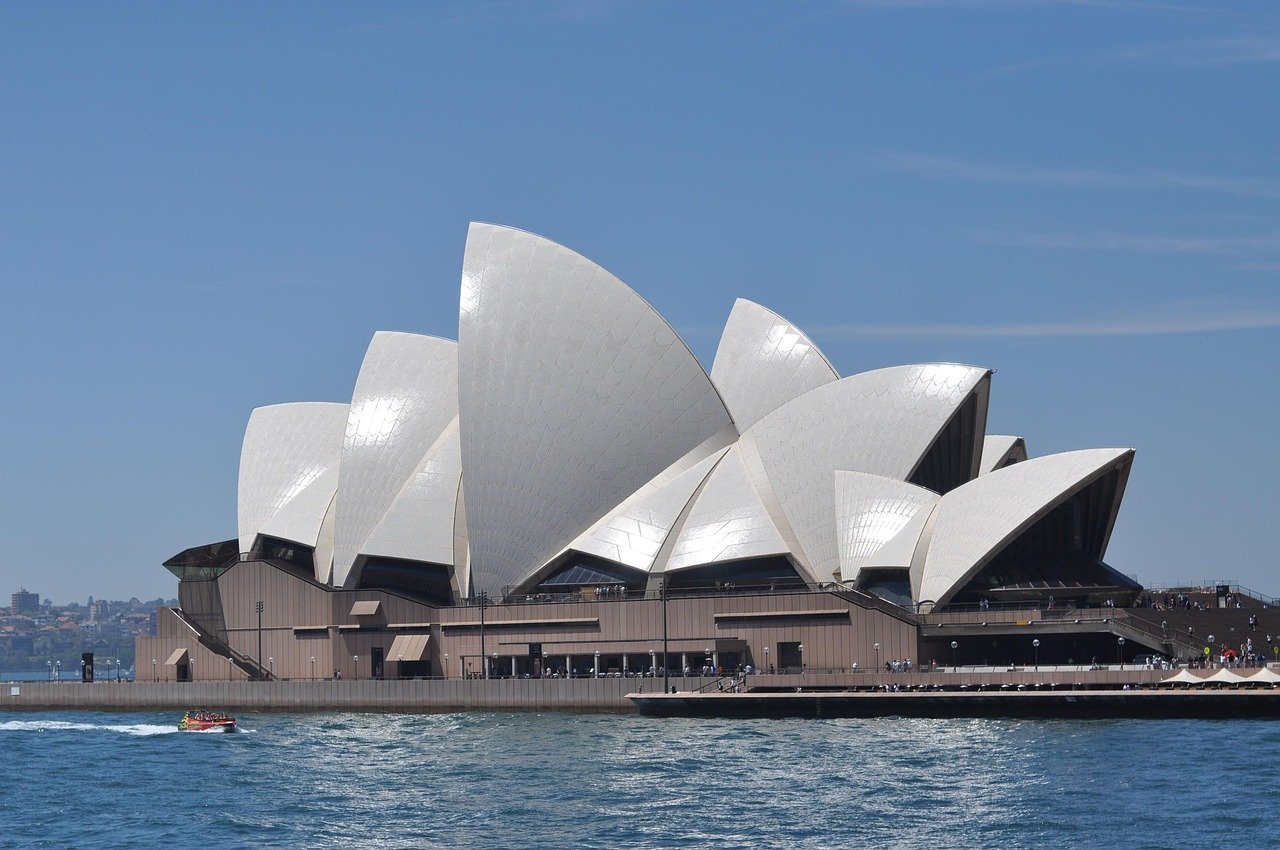Beyond Blueprints: The Untold Story of How Ideas Become Iconic Structures
Every great building starts with something invisible: an idea. Before the steel is welded, before the concrete is poured, and before the walls rise against the skyline, there is a sketch, a vision, or sometimes just a dream. What fascinates most people is the finished product—the glittering tower, the elegant estate, or the breathtaking bridge. But the real story lies in the journey from blueprint to reality, and this journey is far more complex and inspiring than most people realize.
Think about some of the most iconic structures in the world. The Sydney Opera House was once dismissed as unbuildable. The Eiffel Tower was mocked by Parisians as a “monstrous” design. Dubai’s Palm Islands were described as impossible feats of engineering. Yet today, they define the very cities that doubted them. In Nigeria and across Africa, similar stories are unfolding. Eko Atlantic City, for instance, is literally rising from the ocean—an audacious vision that challenges nature itself while reshaping the future of Lagos.
What most people don’t see is the hidden collaboration behind such projects. Architects, engineers, planners, and financiers all work in layers, each decision reshaping the dream. A small design adjustment in an architect’s sketch can change an entire construction method. A new soil test can redefine the foundation strategy. These unseen details determine whether a building stands as a landmark or fades as a forgotten structure.
There are myths around construction that make the process seem straightforward. People assume a project begins when bricks are laid, when in truth it begins long before—with feasibility studies, site analyses, and hundreds of unseen decisions. Some believe architects only design while engineers only build, but the reality is that great projects happen when those worlds merge seamlessly. Others assume that world-class structures only belong to places like London or Dubai, but across Africa, daring ideas are being transformed into landmarks every day.
The most powerful lesson is this: buildings are more than physical structures. They are proof that imagination, when backed by discipline and persistence, can shape entire skylines. What starts as ink on paper can outlive generations, becoming a permanent chapter in a city’s story. Beyond the blueprints and the technical jargon, every building is a human achievement, turning invisible dreams into visible legacies.

